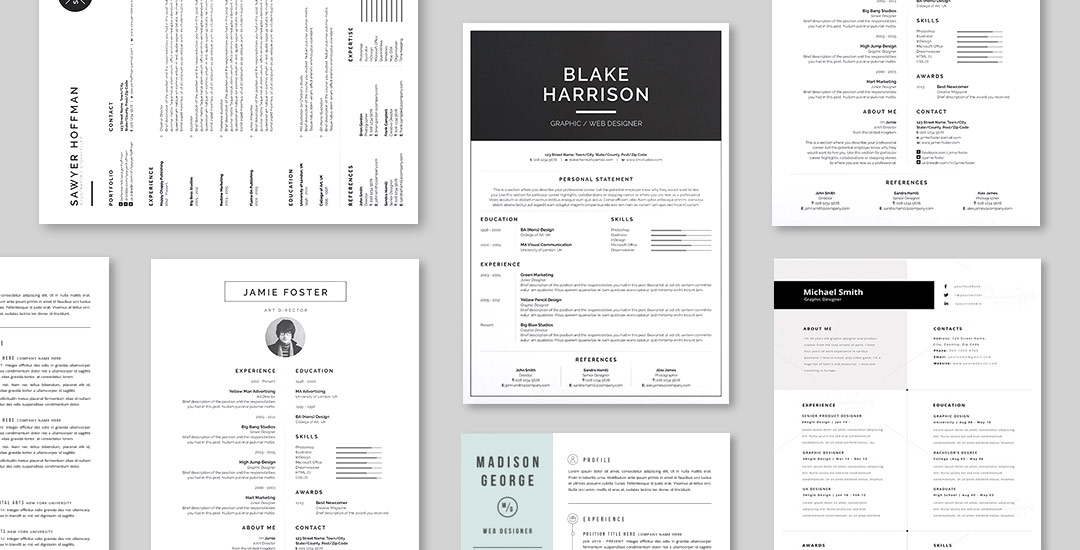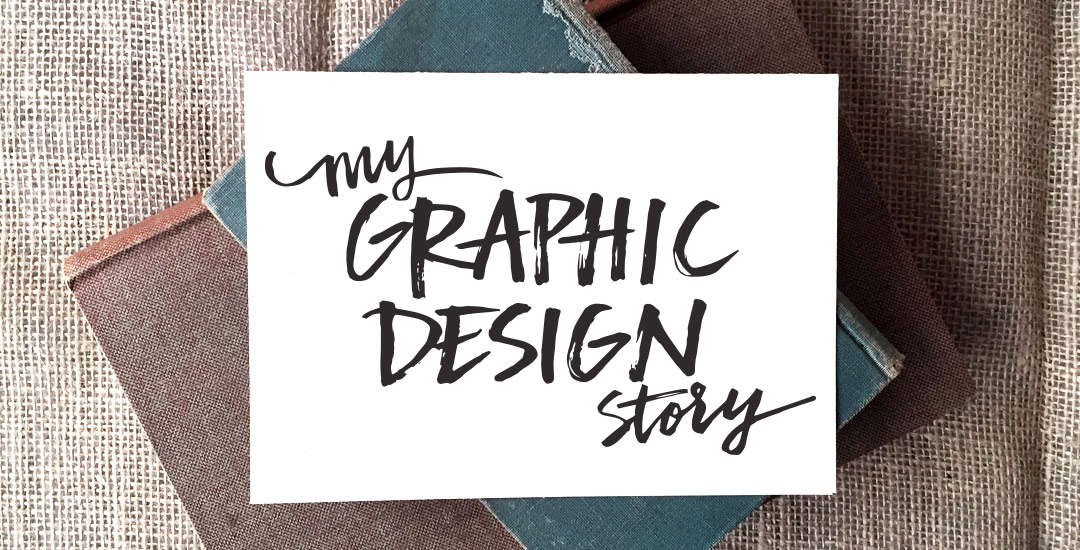Resources: 5 Free Apparel Mockups
In this past Tuesday’s tutorial, we walked through how quick and easy it is to create your own tshirt mockup in Photoshop. Sometimes time can get pretty short, though, and if you’re in a pinch for a nice mockup, luckily there are a bunch of apparel mockup resources peppered into the internet 🙂 This week I’m sharing a roundup of 5 free apparel mockups – (yep, free!) so you can get your mockup on in no time. Extra bonus: many of these sites have plenty of other kinds of mockups, too! Links and preview images below! 👇











